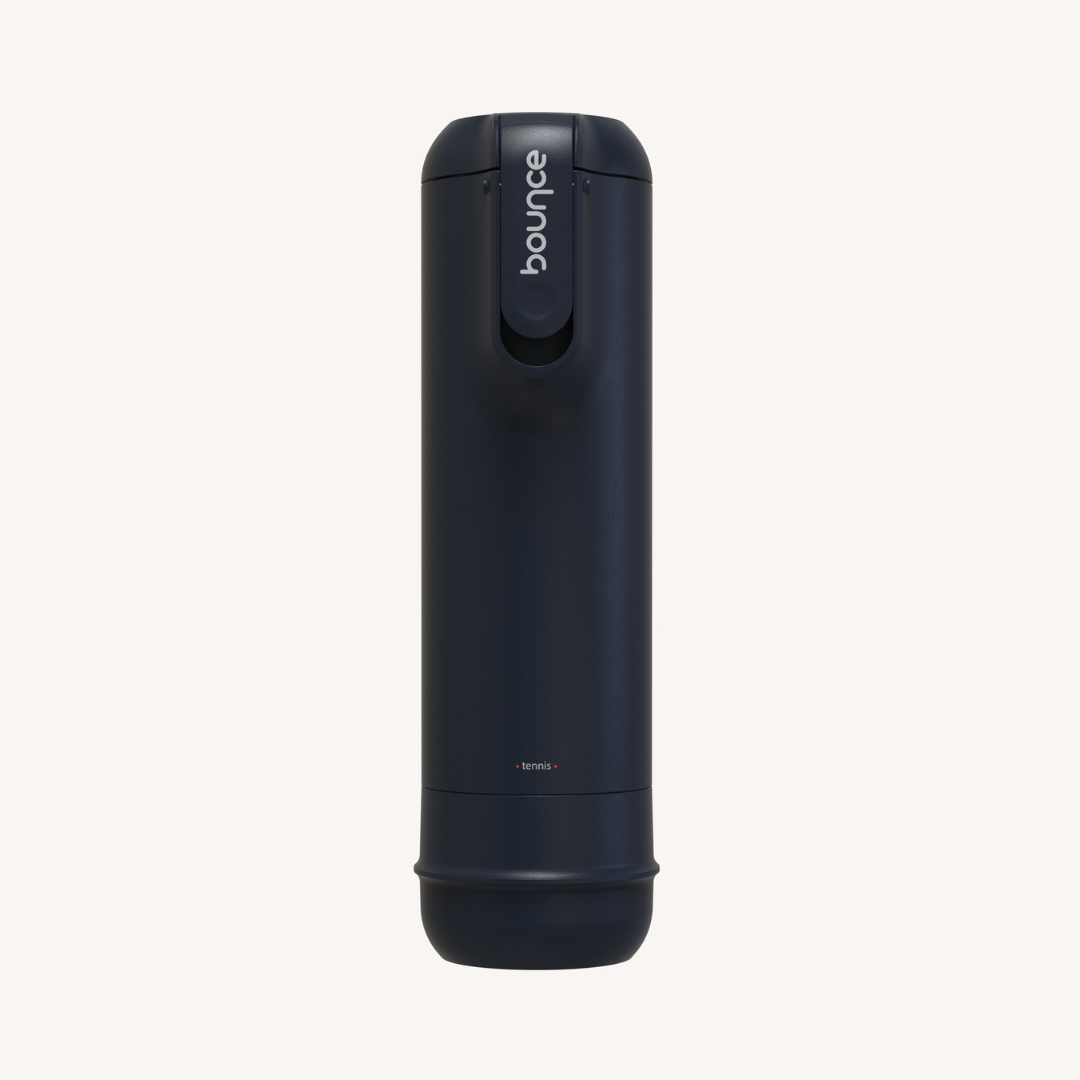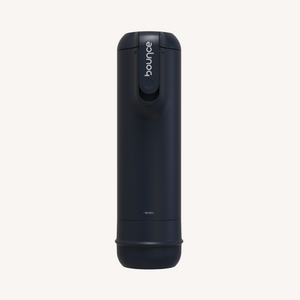Tennis and padel, two dynamic racquet sports, are not just about the players and the courts; they revolve around the pivotal element that dictates the game's pace and feel—the balls. In this comprehensive guide, we'll delve into the diverse universe of tennis and padel balls, exploring various types, their composition, and cutting-edge innovations that challenge the traditional norms.
Key takeaways
- Diverse Ball Types: Padel, hard, mid, and soft tennis balls are tailored for various playing styles, offering a nuanced gaming experience.
- Pressurization Debate: The article explores the ongoing debate between traditional pressurized and emerging pressureless balls, each providing unique advantages on the court.
- Crucial Ball Components: The rubber core and felt cover play pivotal roles in a ball's bounce and aerodynamics. The manufacturing process, including pressurization, is central to ball quality.
- Future Vision of Racquet Sports: The article emphasizes ongoing innovations in ball technology and introduces initiatives like Bounce Tube, Bounce Pro, and Bounce Circular as leaders in promoting sustainability in the tennis and padel community. Active engagement in eco-initiatives is shaping the future of these sports.
Types of Tennis and Padel Balls
1. Padel Balls: A Unique Playing Experience
Padel, a racquet sport that combines elements of tennis and squash, has its distinct set of balls. Padel balls are designed for a specific court size and playing style. They are pressurized and slightly smaller than tennis balls, contributing to a controlled and exciting game.
2. Hard Tennis Balls: The Standard in Professional Play
Hard tennis balls, commonly used in professional tournaments, are pressurized and offer a lively bounce. These balls, often preferred on hard courts, provide an excellent balance between speed and control. The standard yellow color enhances visibility for both players and spectators.
3. Mid Tennis Balls (Green): Bridging the Gap
Mid tennis balls, identifiable by their green color, cater to players transitioning from softer to standard balls. They have a moderate pressurization, offering a middle ground in terms of bounce and speed. This makes them ideal for players honing their skills before advancing to the intensity of hard tennis balls.
4. Soft Tennis Balls (Orange): Gentle Introduction for Beginners
Soft tennis balls, recognizable by their orange hue, are designed for beginners, especially children. These balls have lower pressurization, resulting in a gentler bounce. The reduced speed and softer impact make them perfect for novice players learning the fundamentals of the game.
The Pressurization Dilemma
While traditional tennis and padel balls are pressurized, some brands are venturing into creating balls without pressure. The aim is to offer a different playing experience and address concerns related to pressure loss over time. These pressureless balls, made of durable rubber, rely solely on the material's properties for bounce, providing a consistent performance without the need for frequent pressurization.
Composition and Manufacturing Processes
1. Rubber Core: The Heart of the Ball
The core of tennis and padel balls is typically made of rubber. In hard tennis balls, synthetic rubber is commonly used, ensuring resilience and optimal bounce. The choice of rubber influences the ball's elasticity, determining its overall performance on the court.
2. Felt Cover: Impact on Aerodynamics
The outer layer of tennis and padel balls is covered with felt material. This felt contributes to the ball's aerodynamics and grip on the playing surface. The composition and quality of the felt influence how the ball interacts with the racquet and the court.
3. Pressurization Process: Creating the Bounce
Pressurization is a critical step in the manufacturing process. Balls are filled with compressed air, creating the desired bounce and responsiveness. The standard pressure for new hard tennis balls is around 14 PSI (10-11 PSI for padel balls), offering an optimal playing experience.
4. Innovations in Pressureless Balls
Some brands are challenging the traditional pressurized approach by introducing pressureless balls. These balls are made of durable rubber compounds and offer a consistent bounce without relying on pressurized air. The lack of pressure minimizes the risk of sudden depressurization, providing a more enduring performance.
The Future of Tennis and Padel Balls: A Visionary Approach
As we look ahead, the future of tennis and padel balls unfolds with a blend of innovation, sustainability, and tailored solutions for players and institutions alike. Beyond the traditional spectrum of balls, emerging technologies and initiatives are reshaping the landscape.
Innovative Solutions for Players: The Bounce Tube Experience
For individual players seeking an enhanced and eco-conscious playing experience, the Bounce Tube stands out. This revolutionary product not only preserves the pressure of tennis and padel balls, ensuring they maintain their optimal performance over time but also contributes to a sustainable approach. Players can now extend the lifespan of their balls, reduce frequent replacements, and actively participate in promoting eco-responsibility.
Elevating Club and Academy Standards: Introducing Bounce Pro
Recognizing the unique needs of clubs and tennis academies, the Bounce Pro takes center stage. This professional-grade solution not only serves as a storage system for maintaining the pressure of multiple balls but also introduces intelligent features. The Bounce Pro is designed to streamline ball management, enhance training sessions, and minimize operational hassles for institutions dedicated to fostering excellence in tennis and padel.
Bounce Circular: Paving the Way for Sustainability
Amidst these player-centric and institutional solutions, the Bounce Circular project emerges as a trailblazer. Envisioning a closed-loop system for tennis and padel balls, Bounce Circular collaborates with players, Tennis Solidaire, and Balle Jaune to foster a holistic approach to recycling and repurposing. By embracing Bounce Circular, players and institutions actively participate in a transformative movement that not only contributes to sustainability but also shapes the future of racquet sports.
In this dynamic landscape of innovations and eco-responsible initiatives, the future of tennis and padel balls is not just about what happens on the court; it's about how players and institutions can actively contribute to a more sustainable and enjoyable playing experience. As technologies evolve and initiatives like Bounce Circular pave the way, the future promises an exciting fusion of performance, longevity, and eco-conscious practices for the racquet sports community.


